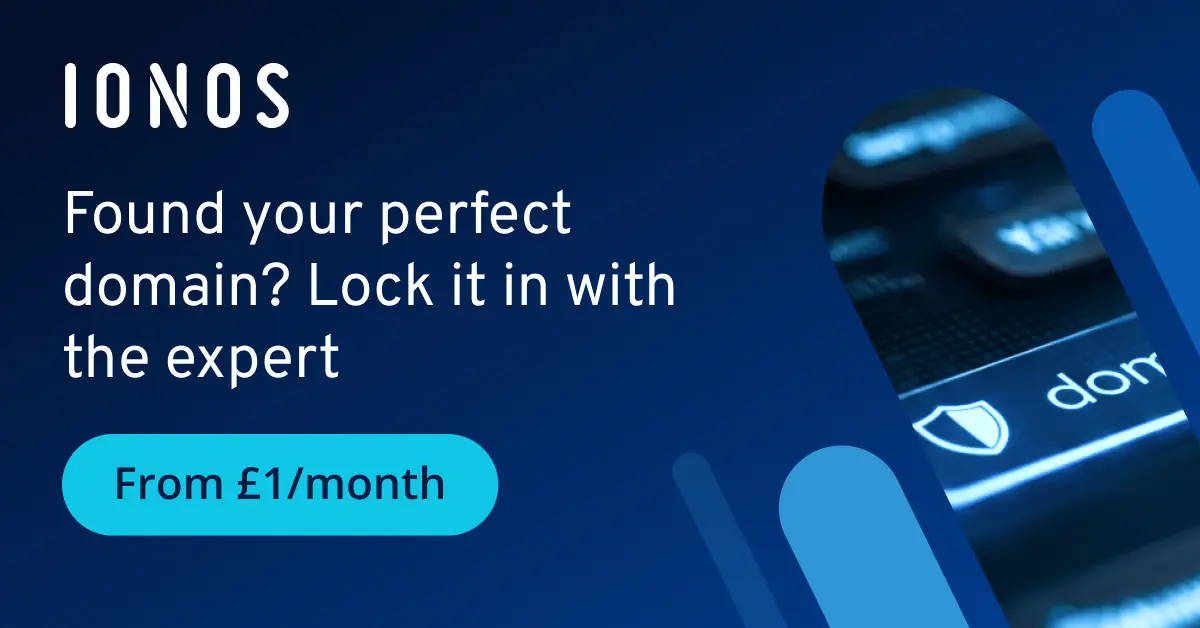What is RDAP? The new WHOIS protocol
Starting in January 2025, significant changes will come into effect for operators of generic top-level domains (gTLDs). They mostly affect the way that information about domain holders is made available. A central component is the replacement of the classic WHOIS protocol with the modern RDAP (Registration Data Access Protocol).
Why is the WHOIS protocol being replaced?
The WHOIS protocol has served as the basis for querying domain registration data for decades. Users could use WHOIS to retrieve information about the owner of a domain. But the protocol is now outdated in places. Particularly when it comes to data protection and domain privacy, the largely unencrypted protocol is proving insufficient, as there is no standardised way to protect personal data. Since the introduction of data protection laws like the GDPR, this has become a significant disadvantage. In addition, WHOIS is based on a text protocol that does not provide machine-readable or structured data, making it unsuitable for modern uses.
The RDAP (Registration Data Access Protocol) was developed by the Internet Engineering Task Force (IETF) to address these weaknesses. It provides a secure, standardised solution for accessing registration data.
What is changing in January 2025?
The Internet Corporation for Assigned Names and Numbers (ICANN), the global coordinating body for domain names, announced that all gTLD registries need to switch to the RDAP by January 2025. The change will increase data security, as the RDAP enables more control over who has access to what information. For example, sensitive data like personal contact addresses can be better protected. RDAP data is also delivered in the machine-readable format JSON, making it easier to integrate into modern systems. Unlike the old WHOIS protocol, in which data were freely available, RDAP makes it possible to precisely define access rights. That means that different user groups can have different authorisations.
What does that mean for domain holders?
If you own a domain, you might be asking yourself what the switch to the RDAP means for you. But rest assured, you don’t need to take any direct action as a domain holder. The switch mostly affects registries and registrars (domain providers). The process of domain registration and administration won’t change. You and third parties who want to receive information about your domain will benefit from better data protection, thanks to the RDAP.
To make the implementation of the RDAP easier for programmers, ICANN has published an RDAP Implementation Guide.

